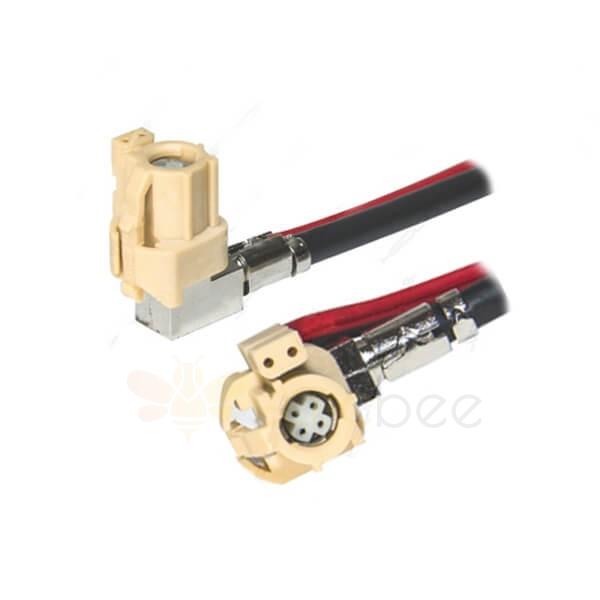High-Speed Data (HSD) cables are essential components for transmitting digital signals and ensuring reliable communication between electronic devices. However, choosing the right HSD cable can be a daunting task, especially with the wide range of options available in the market. In this article, we will guide you through the selection process and help you choose the right HSD cable for your specific application.

Understanding HSD Cable Specifications
Before delving into the selection process, it is essential to understand the various specifications that define HSD cables. These include:
- Bandwidth: This refers to the range of frequencies that the cable can transmit. A higher bandwidth means that the cable can transmit a larger amount of data.
- Impedance: This is the amount of resistance that the cable provides to the flow of electrical signals. Impedance is measured in ohms, and it is critical to match the impedance of the cable with that of the electronic devices that will be connected.
- Shielding: HSD cables come with different shielding types, such as foil, braid, or combination shielding. Shielding is vital because it protects the cable from external electromagnetic interference, which can cause signal degradation.
- Connector Type: HSD cables can have different connector types, such as USB, HDMI, DisplayPort, or Ethernet. It is essential to choose the right connector type that matches the electronic devices that will be connected.
Choosing the Right HSD Cable
Now that you have a basic understanding of the specifications that define HSD cables let's look at the factors to consider when choosing the right cable for your application.
1. Bandwidth Requirements
The first factor to consider when choosing an HSD cable is the bandwidth requirements of your application. If you need to transmit large amounts of data, you will need a cable with a higher bandwidth. For example, if you are transmitting 4K video, you will need a cable with a bandwidth of at least 18 Gbps. On the other hand, if you are transmitting audio signals, a cable with a lower bandwidth may suffice.
2. Cable Length
The length of the cable is another critical factor to consider. In general, the longer the cable, the more signal degradation you can expect. Therefore, it is essential to choose a cable that is long enough for your application but not longer than necessary. If you need a longer cable, consider using a signal booster or repeater to compensate for signal loss.
3. Impedance Matching
As mentioned earlier, impedance matching is critical when choosing an HSD cable. If the impedance of the cable does not match that of the electronic devices, you may experience signal loss or distortion. Therefore, it is essential to choose a cable with the correct impedance rating that matches the impedance of the devices you will be connecting.
4. Shielding
The shielding of the cable is also crucial, especially if you are transmitting data in an environment with high levels of electromagnetic interference. Foil shielding provides basic protection from interference, while braid shielding provides better protection. Combination shielding, which is a combination of foil and braid shielding, provides the best protection.
5. Connector Type
The connector type is another important factor to consider when choosing an HSD cable. You need to choose a cable with a connector type that matches the electronic devices you will be connecting. For example, if you are connecting a laptop to a monitor, you may need an HDMI cable. If you are connecting a computer to a network, you may need an Ethernet cable.
Conclusion
Choosing the right HSD cable is essential for ensuring reliable communication between electronic devices. When choosing an HSD cable, you need to consider factors such as bandwidth requirements, cable length, impedance matching, shielding, and connector type. By understanding these factors, you can make an informed decision and choose the right cable for your specific application. Remember, if you are unsure about which cable to choose, consult with a knowledgeable salesperson or technical support team.








